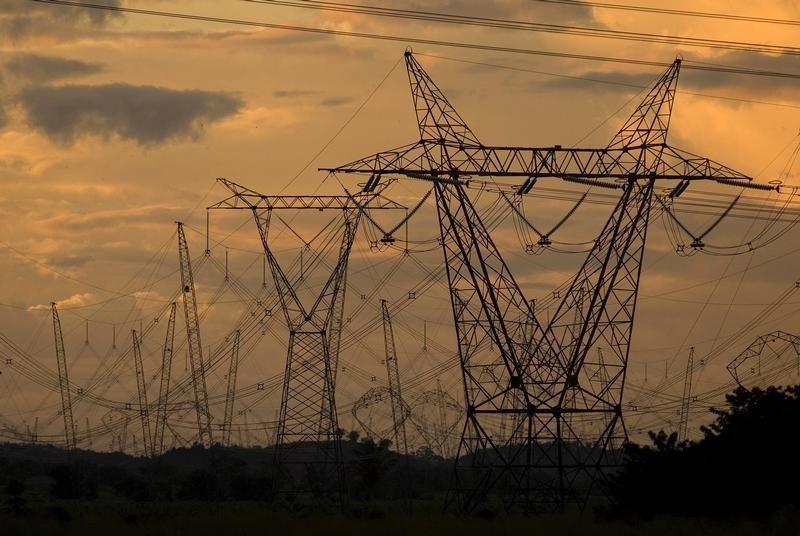(Bloomberg) -- Italy’s electricity demand jumped on Monday as lockdown restrictions were loosened, signaling that an economic recovery may be on its way.
While consumption rose in France and Britain and held steady in Germany and Spain from the previous week, it’s not clear how quickly demand will recover or if it’ll ever reach pre-crisis levels as the threat of a deep recession looms. Across the European Union demand for power was stable compared with the previous seven days, according to data from Finnish energy technology company Wartsila Oyj.
“Major nations across the globe are starting to ensure that essential industries and facilities become operational,” said Somik Das, senior power analyst at GlobalData Ltd., a market research and data analytics firm. “This will lead to slightly increased demand and electricity prices will slowly and steadily rise in the future.”
Power demand has dropped as much as 20% in parts of Europe from a year ago as governments kept businesses shut and people at home to try to stop the spread of coronavirus. It’s not just power traders keeping a close eye on electricity demand, it can be used as a measure of economic growth and a hint as to how much damage widespread lockdowns have caused.
Demand in some sectors might never recover, according to Peter Osbaldstone, research director on European power and renewables at Wood Mackenzie Group Ltd. “We do recognize some demand destruction in some industrial and commercial sectors. It’s unavoidable,” he said.
Following is a list of some of the impacts that grid and energy companies in the region are reporting:
Italy
Power use in Italy jumped from a week earlier as the nation, once the epicenter of the virus in Europe, began to ease lockdown measures. Construction and manufacturing industries resumed Monday with restaurants allowed to offer limited take away services.
Power consumption at the morning peak reflected this return to normal life rising 11% from last week, according to data from the network operator Terna SpA.
Germany
Germany reported the lowest number of new infections and deaths since at least March 30 on Monday, as the country continued easing curbs on public life. Schools were partially allowed to reopen on Monday as well as hairdressers. Bigger moves to ease its lockdown will be evaluated on May 6.
Electricity use measured at midday gained 1.2% from last week, remaining steady in the country’s first stage of easing, according to data from energy regulator Bundesnetzagentur. Consumption last week was 7.7% lower from a year earlier, according to Entsoe data.
Spain
Power consumption in Spain stayed at similar levels to the previous week. Some businesses have been allowed to open by appointment only and bars and restaurants can serve pre-ordered takeaways.
The loosening of restrictions didn’t translate into a bump in electricity demand with the midday peak down 0.9% from last week, according to data from grid operator Red Electrica Corporacion SA. Use was 12% lower last week compared with a year ago, Entsoe data show.
U.K.
Still in lockdown, the slump in demand is beginning to cause problems for Britain’s National Grid (LON:NG) Plc. The network operator asked for an urgent rule change to avoid potential blackouts on Friday’s public holiday, when demand may fall further. Power consumption has dropped by 20% compared with normal and is causing problems for the grid operator when output from wind or solar is high.
Power consumption data is showing that the worst is behind the nation with use on Monday up 3.8% during the morning peak at 9 a.m. from a week earlier, data from National Grid show. That’s partially due to the weather that has been cooler, according to RBC Europe Ltd.
France
French power demand grew 2.5% on Monday from last week, grid operator Reseau de Transport Electricite SA data shows. The country’s curbs are set to remain in place for at least another week before the start of the gradual end of the lockdown. Consumption was about 17% lower than a year ago, Entsoe data showed.
©2020 Bloomberg L.P.
